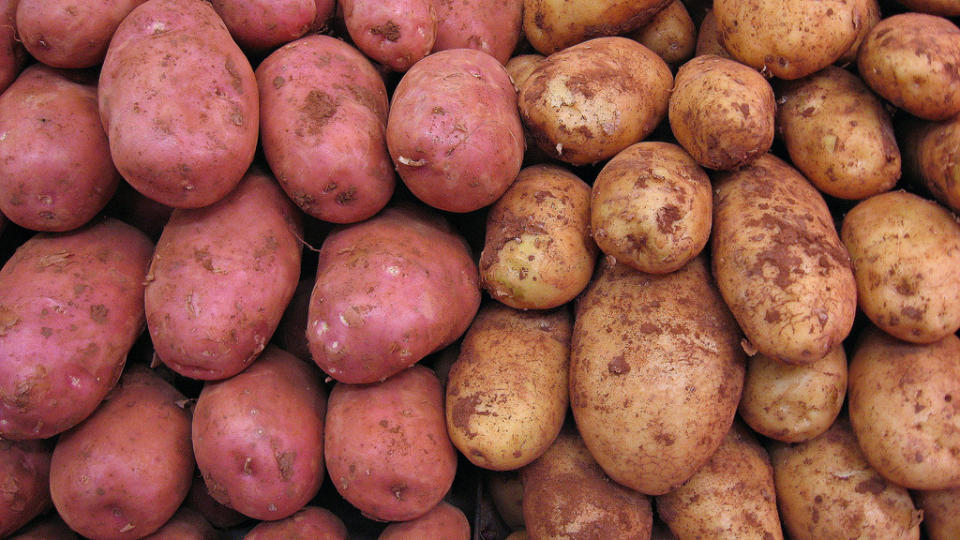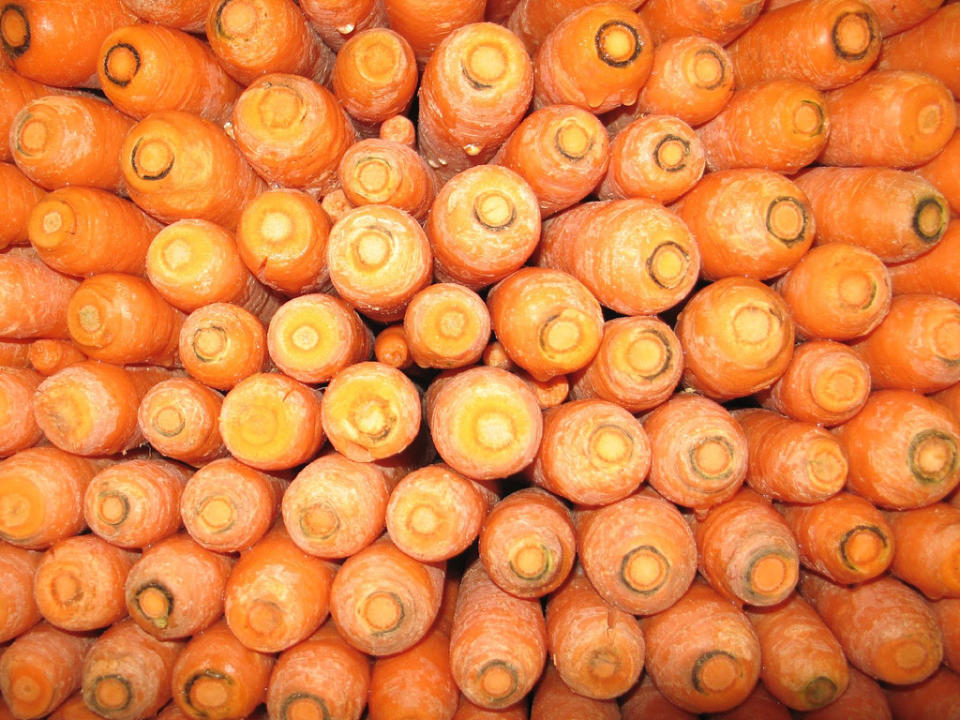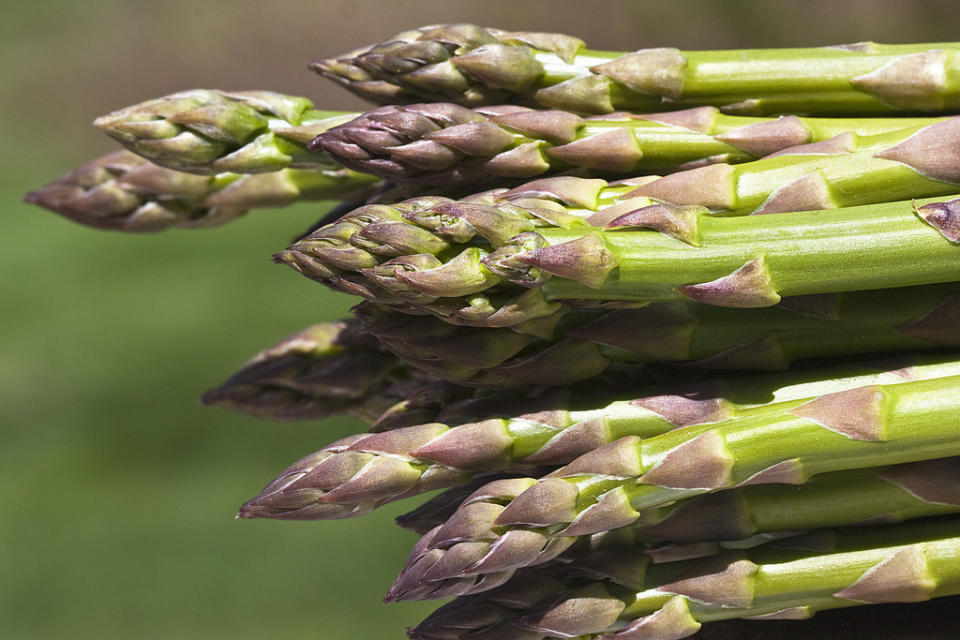9 Fruits and Vegetables That Get Healthier After You Cook 'Em
By: Lee Breslouer

Credit: Flickr/Charles Haynes
Whether you eat a Pop-Tart hot or right out of its silver package, the nutritional value stays the same: basically zero. Vegetables and fruits, however, sometimes only unlock their true health benefits when they’re cooked in some way. We spoke to Toby Smithson, MSNW, RDN, LDN, CDE, a spokesperson for the Academy of Nutrition and Dietetics, to find out which fruits and veggies are worth heating up.
More: 8 Foods to Eat If You Want to Live Forever

Credit: Flickr/16:9clue
Potatoes
Cook and chill is not a variation on “Netflix and chill,” but it is something to consider doing to potatoes. “Cook [potatoes] using any method of cooking and then chill them, and the starch [within them] will become resistant,” says Smithson. This is good because the starch doesn’t get absorbed into your small intestine, “which can help blunt spikes in blood glucose.” Increase your cooked and chilled potato intake by making this kimchi potato salad recipe from two red bowls.
Tomatoes
The fruit Americans rely on for movie reviews contains a plant chemical called lycopene. Smithson says that cooking tomatoes with olive oil for 15-30 minutes boosts its lycopene content, which is recognized as an antioxidant. The nutritionist recommends you cook tomatoes for “a sauce over pasta, fish, or chicken.” Here's a recipe to get you started.
Mushrooms
Buttery sautéed mushrooms are standard at steakhouses, but getting healthy cooking tips from a steakhouse isn’t ideal. Smithson says that boiling mushrooms allows you to fully unlock their nutritional potential – it boosts the antioxidants and “doubles the nutrients, like fiber, vitamin D, vitamin C, potassium, iron, and folate.”
More: No Butter? No Problem. Every Baking Substitute You Could Ever Need.

Credit: Flickr/Fovea Centralis
Carrots
Boiling carrots sounds like a torturous thing to do to a vegetable that’s already satisfying raw, but Smithson says that throwing them into hot water “releases antioxidant components which help preserve carotenoids and vitamin C.” And those carotenes help protect the body’s cells from free radicals, which are bad for you. New Radicals, however, are still great. You do only get what you give. And if you want to jazz them up, Damn Delicious recommends you coat them in honey and maple syrup.
Peaches
Eating canned peaches might make you flash back to middle school lunch (and also getting beat up because you played the French horn), but it turns out those lunch ladies were onto something. Peaches are cooked as part of the canning process, which brings out their full nutritional benefits. “Vitamin C is retained for up to two years in a canned product, whereas if [the food] is left on the counter or in the fridge, it loses its potency during storage time,” says Smithson. Plus, canned peaches have 10x the amount of folate – a good thing if you’re a human, as a folate deficiency can cause some serious problems.
More: 10 Foods You Love to Eat That Are Surprisingly Healthy

Credit: Flickr/liz west
Asparagus
Just to get it out of the way: this is why it makes your pee smell. Now that’s over, cooking asparagus is something to consider because it “makes it easier for our bodies to benefit from some of [its] protective antioxidants,” like ferulic acid, according to BBCGoodFood.com. You’ll find ferulic acid in the ingredients list on skincare products (it may have anti-aging benefits), and it has a wide range of potentially helpful uses in supplement form. Feasting at Home has a recipe for wok-seared asparagus that also has mushrooms it – an undeniable two-for-one opportunity.
Spinach
Eating spinach raw isn’t a bad thing, and SFGate.com says eating it that way makes it “significantly higher in folate, vitamin C, niacin, riboflavin and potassium” than cooking it. That said, cooking spinach “provides greater amounts of vitamins A and E, protein, fiber, zinc, thiamin, calcium and iron.” The benefits don’t stop there, as sautéing it “helps free up some of its most important carotenoids for absorption”, like beta carotene and lutein, which could help ward off vision loss.
Kale
Kale has plenty of nutritional benefits however it’s consumed, but cooking it increases its iron content. And although it has the same amount of calcium cooked or raw, “to increase the amount of calcium the body absorbs” (emphasis ours), Chron.com suggests pairing it with a calcium-rich food like mac and cheese. Or using it to top a whipped ricotta pizza.
More from Thrillist:
The Best Pillsbury Hacks You Can Make Right Now
